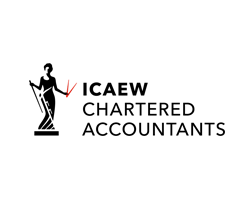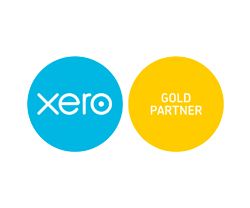August 12th, 2019
Should I Incorporate My Property Business? Part IV
Phase 2: Letting, or “reaping the benefits”
As we progress into phase 2 of the property life cycle, we move away from the taxation of gains and into the realm of the taxation of profits.
But as with previous instalments in this series, taxation isn’t the only area we need to think about when deciding to incorporate. First, you need to consider whether the responsibility of running a limited company is for you.
Limited companies 101
A limited company is a separate legal entity that can generate income, employ people, hold assets and incur liabilities. It is run by its directors for the benefit of its shareholders. The directors and shareholders are often the same people but not always.
A director must be at least 16 years of age. While there is no age restriction for shareholders, some care needs to be taken if issuing shares to a minor.
The shareholders are entitled to:
- Vote at company meetings
- A share of the company’s profits
- A share of the company’s net assets when the company is closed down
It is written in law, the Companies Act, that’s directors must maximise the profits available to the shareholders.
To pay out the profits – i.e. make a distribution – the directors must first make an assessment of whether the company has sufficient accumulated profits, after tax, out of which to make the payment. If there is enough profit in reserve then they can declare a dividend which is then split between the shareholders. If a shareholder owns 20% of the shares, then they will receive 20% of the dividend. Shareholders are not entitled to any other payments from the company.
The directors can be paid a salary but are not entitled to any other payments from the company. So a director who is also a shareholder can receive a mixture of salary and dividends, but that’s it. Company cash cannot be used for the personal expenses of either a director or shareholder.
Rivers of red tape
As you can see, companies are much more formal and with this increasing formality comes a greater administrative burden, including:
- The filing of annual accounts with Companies House
- The filing of annual corporation tax returns with HMRC
- Keeping the company’s public record up to date
- Operation of payroll in some circumstances
- Formal process of taking company cash
Of course, accountants such as ourselves exist to help with these sort of things.
Now, if you’re comfortable with the issues of running a company then we can press on and consider how companies can save you money.
Plain sailing
The primary cost saving that companies can achieve is in the avoidance of you personally paying higher rate or additional rate income tax at rates of 40% and 45% respectively. To give you an idea of the cost saving we’ll consider a simple example.
Imagine, Max, a higher rate taxpaying landlord with £10,000 of profit before interest. He then paid £5,000 of interest under an interest-only mortgage at a rate of 3.5%. After applying the finance cost restriction, Max’s tax bill is £3,000. This means that after all costs, Max makes £2,000 from the property.
On 1 April 2020, Max then transfers the property into a limited company. There is no finance cost restriction in the company so the company tax bill works out at £850.
After tax, the company has therefore made a profit of £4,150. The first £2,000 of dividends are exempt from tax so Max declares a £2,000 dividend and leaves the remaining profit in the company, perhaps to go toward reinvesting into a second property.
So by transferring the property into the company, Max has made £4,150 from the property, £2,150 more than if he had retained personal ownership.
Stormy weather
So far this all sounds too good to be true and, unfortunately, it does turn out that every silver lining has a cloud in the form of increased non-tax costs:
- Accounting for limited companies is more complex and more filings need to be made so accountancy costs are considerably higher for companies than for individuals
- Lenders tend to charge higher interest rates to companies than to individuals, sometimes up to 2% higher than to individuals
- You’ll need to obtain regular valuations of the property
Let’s return to our example from earlier and apply total cost increases as follows:
- Accountancy increases by £800
- The mortgage rate increases by 0.5%, giving additional interest of £715
- An estate agent charges £35 to value the property
The profit from the property therefore reduces from £5,000 to £3,450. Corporation tax on this profit comes to £590 meaning after tax profits from the property are £2,860. Again, Max opts to declare a £2,000 dividend and leaves the rest of the profit in the company.
So after accounting for increased costs, Max has made £2,860 from the property. A big reduction on £4,150, but still more than the £2,000 made if the property was held personally.
In summary
What this tells us is that it’s vital to take a holistic approach to the planning exercise; only considering the tax implications is insufficient in arriving at the true picture and, in some cases, may even give a false positive.
In the penultimate instalment in this series, we’ll be looking at the tricky bit: property costs in retirement.
Back to Part III | On to Part V





